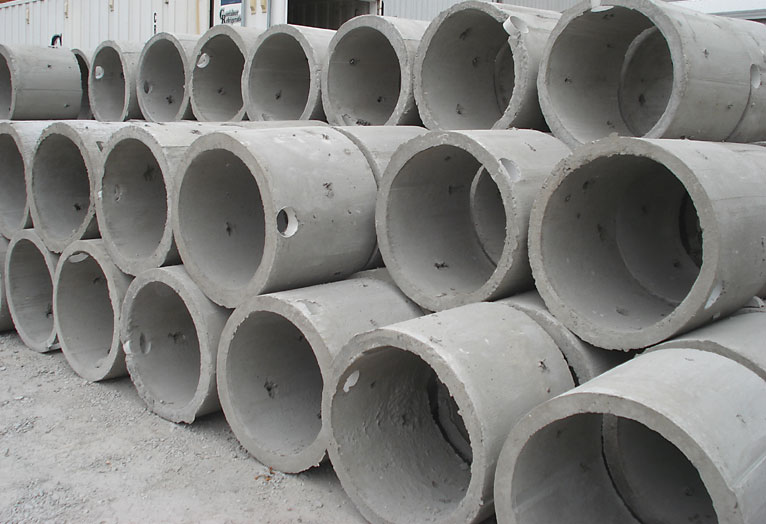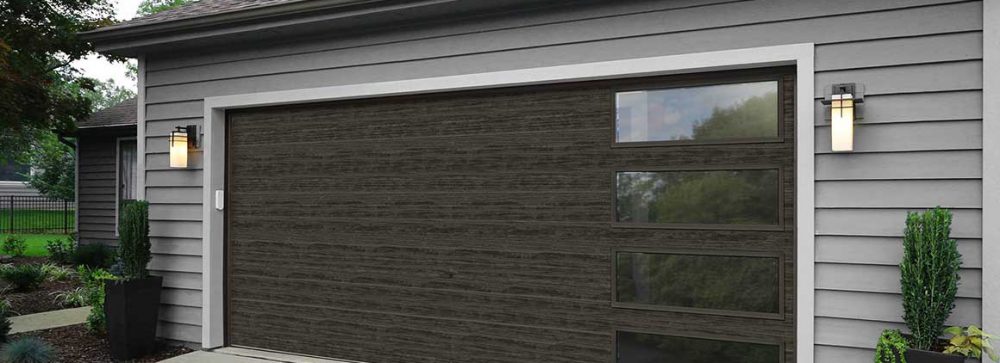Soakwell is a form of underground tank that diverts or controls the action of unwanted water, mostly storm or flood, by seeping it into the local groundwater level. This well often remains covered, where the porous chamber lets water slowly soak away. This is a popular passive structure found in those properties that are prone to water damage or heavy rainfall.
Despite of the popularity of concrete soakwells Perth there are many misconceptions that people have about them. This article will focus on what these myths are and how soakwells can be a beneficial addition to your home.
The first and perhaps the most common myth is that the soakwells made from polypropylene can be inadequate. This is not true, as the capacity of polypropylene soakwells is 50% better than that of the conventional options of the same size. The best thing about this reliable material is that it can be used for manufacturing soakwell with infinite size and this reflects that it has the ability to dispose over 20,000,000 liters of water.

The second misconception is that these wells might collapse due to the high pressure exerted on them. This never happens because the material that goes into their making is testified to withstand high traffic and thus can hold their structure even when 20 tons or more pressure is applied to them directly. This value id further increased for those wells whose core is based on concrete.
The third misconception is that many people think one soakwell per downpipe will not be sufficient. This statement is false because when your property does not have any drainage pipe system then the implementation of any stormwater measure can be beneficial, regardless of the volume, size or material. Along that, the efficiency of one soakwell per downpipe is dependent upon the size of the well and the volume of water that might flow across it. A golden rule is using one single 130 liters soakwell in 10sqm installed till depth of the sandy soil.
When Does A Property Require Soakwell?
Any form of new construction will alter the way of rainwater to the soil. Water that was earlier distributed at various regions might get concentrated and cause erosion. Though taking an immediate effect is an obvious step, but the danger of long-term erosion is even more. Over time, aside from being visible this damage can distort pavements and affect the foundation of the building.
In addition to that, there are certain councils that strongly emphasize upon the fact that the rainwater that lands within your property must be disposed in its borders. In case of heavy rainfall, doing this would be next to impossible without the installation of soakwell. It is because only this well will uniformly distribute the water that pours through the downpipes.
